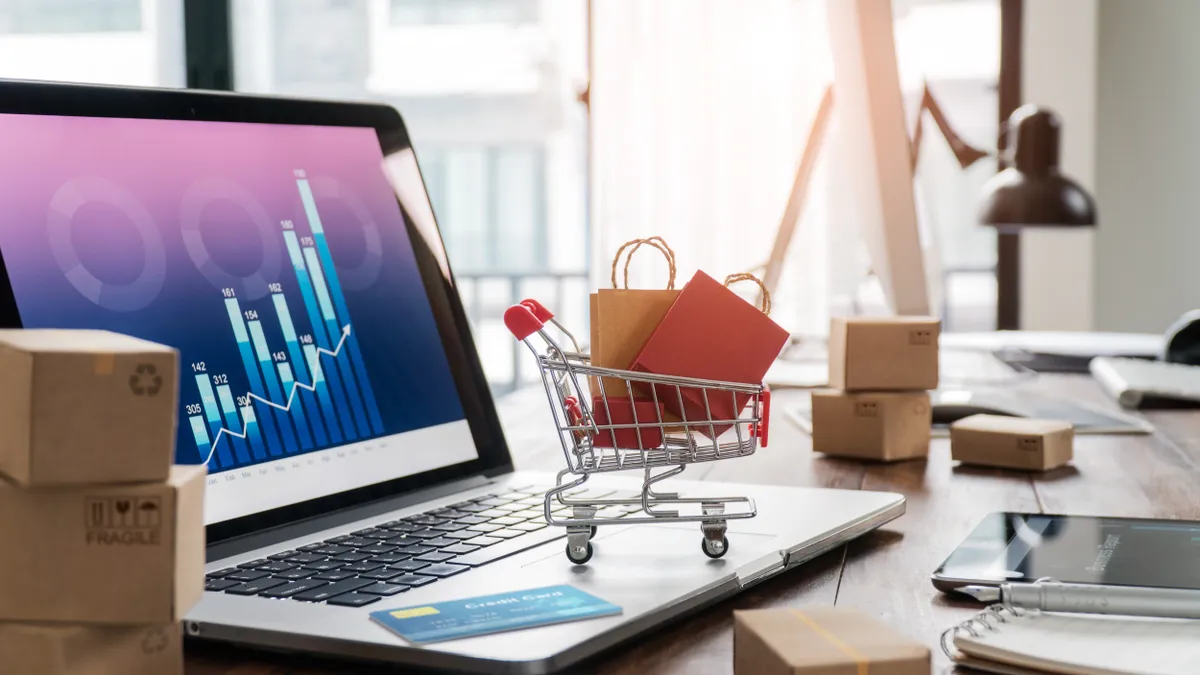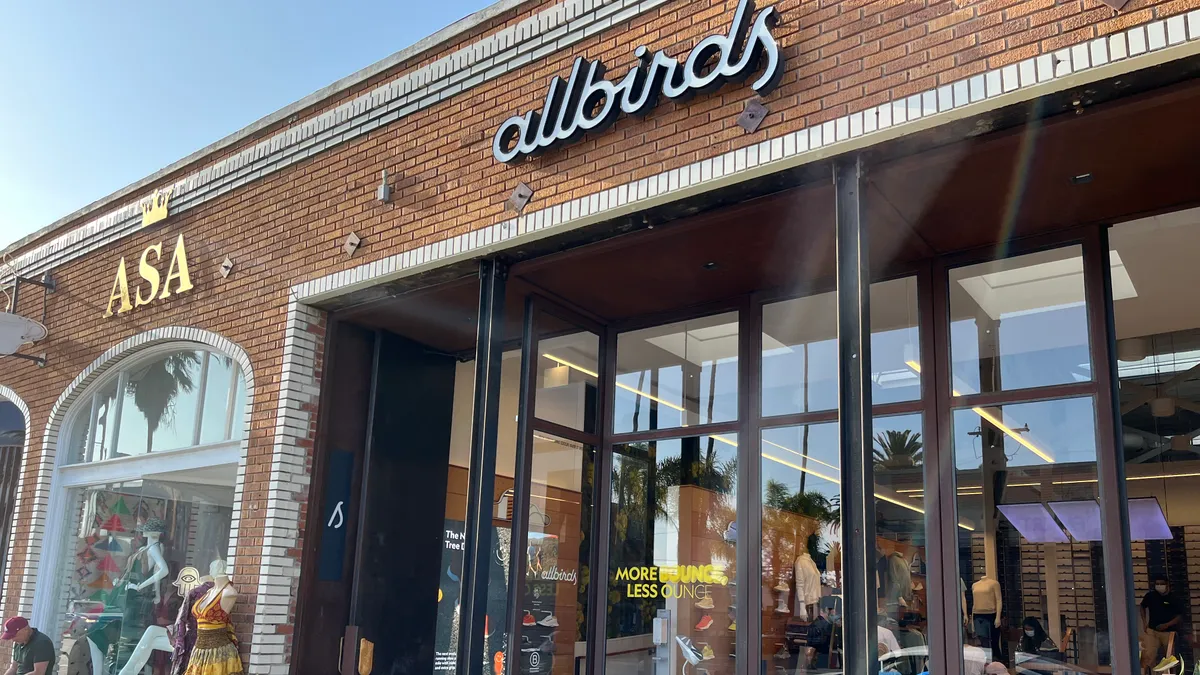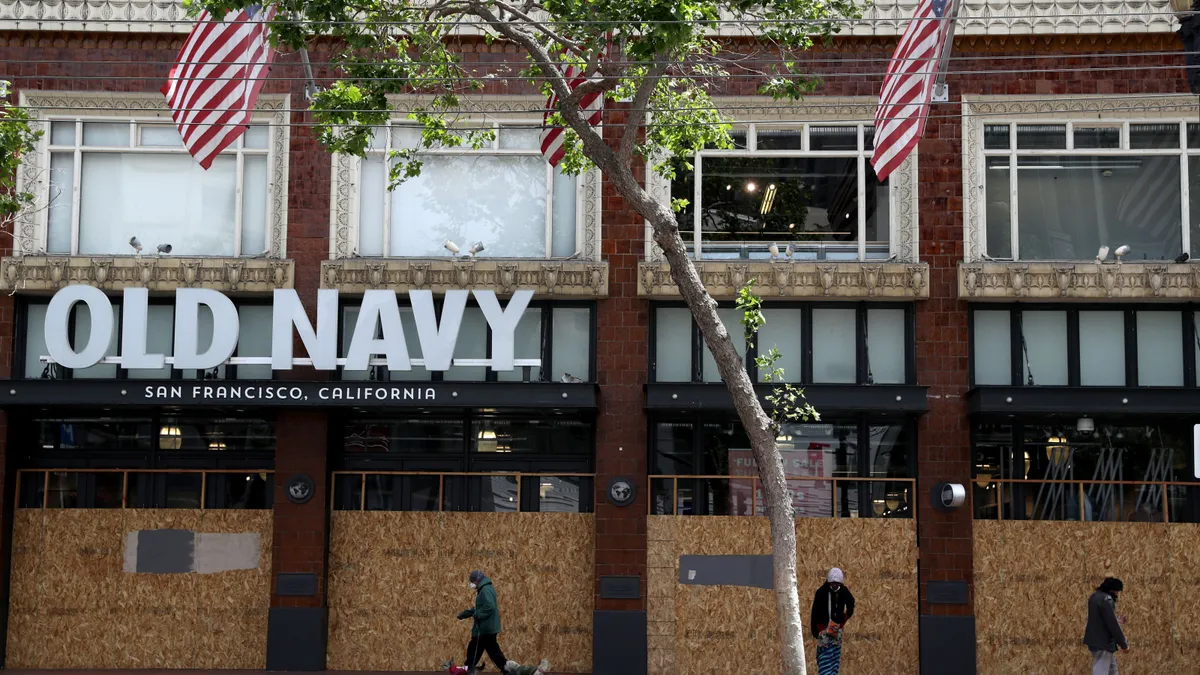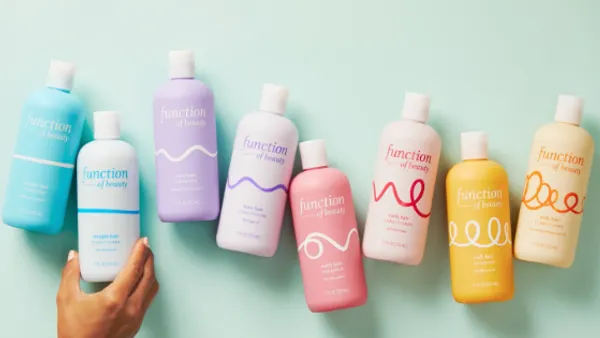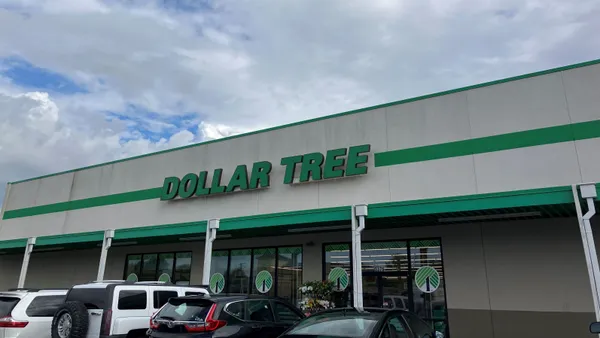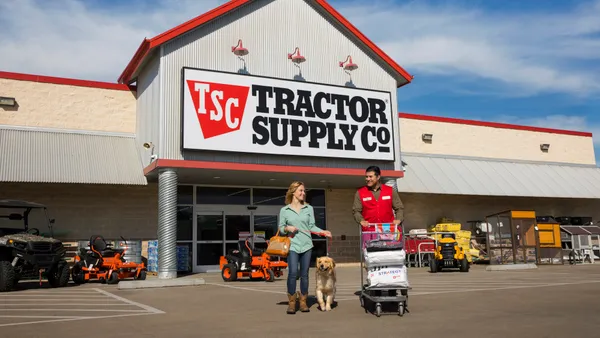Online shopping is here to stay — and so are all the fulfillment challenges that come along with it.
More than 60% of consumers now expect free shipping orders to arrive within three days, and 93% want to stay informed throughout the delivery process. At the same time, fulfillment costs and carrier rates are on the rise.
It’s all taking a serious toll on retail profits. Which means retailers are faced with a difficult choice: Should you focus on delighting consumers or optimizing shipping costs?
With the right strategies in place, you can achieve both at the same time. Here’s how:
Step 1: Make promises you can keep
Free shipping, fast delivery, timely updates…online shoppers expect all this and more. But while it can be tempting to focus solely on guarantees of speed and convenience, those aren’t the only factors that matter to consumers. You need to deliver on your promises, too. An astounding 85% of consumers will not shop with a retailer again after a poor delivery experience. Yet in the rush to capture sales, many make competitive promises that aren’t always possible to keep — often for reasons beyond their control.
Thankfully, there are plenty of other compelling levers you can pull to win more sales and repeat customers — ones that are relatively easy to achieve.
For example, when was the last time you evaluated your product data? In one study, less than half of brand manufacturers believed online information about their products was completely accurate. Which is unfortunate, since inaccurate product descriptions can have a big impact on fulfillment. They set the wrong expectations for consumers and can cause spikes in returns, chargebacks and negative reviews. In these instances, fast deliveries won't matter. You'll still end up with the extra expense of reverse logistics.
Then there's the issue of cost transparency. Online shoppers frequently compare prices across platforms before making a purchase, and they're not just looking at delivery dates. Nearly 80% are willing to buy more just to get free shipping and don’t mind waiting a few extra days for their orders to arrive.
It means less pressure to promise overly aggressive delivery speeds — and more opportunities to increase sales.
Step 2: Make your promises profitable
Capturing the sale is one thing. But how much will it cost? It all depends on the steps you take to optimize fulfillment. You need to package each order in the right box, at the right warehouse, with the optimal carrier method. This is crucial. And with the latest advancements in e-commerce software, it’s getting a lot easier to do.
In some instances, retailers are simply using advanced algorithms to consolidate orders. By delivering more parcels to the same address with fewer truck stops, they’re able to optimize fulfillment costs while simultaneously delighting consumers.
In other scenarios, retailers are discovering the value of integrating rate shopping into the consumer experience. Does someone live particularly close to a warehouse? With self-serve rate shopping, you could offer one-day shipping at no extra cost. Do you have an extensive network? Consider letting consumers self-select carriers, delivery times or even fulfillment methods with options like local pickup.
Step 3: Keep customers coming back for more
Even when using the strategies above, some late deliveries will still be inevitable. In these instances, it’s how the retailer responds that matters most. In fact, many retailers are driving repeat purchases simply by knowing when (and how) to turn bad experiences into good ones.
Nine in 10 consumers will buy from a brand again after experiencing excellent customer service, and they spend 140% more than those who don’t. Even something as simple as a credit or coupon for a future purchase can go a long way in building loyalty.
At the same time, an estimated 47% of online shoppers say they won't order again from a seller with poor delivery visibility, which makes email and SMS delivery updates equally important. This transparency is quickly becoming one of the best ways to optimize the consumer experience.
The bottom line is this: Creating delightful delivery experiences doesn’t have to be a drag on profits. By focusing on the three areas described above, retailers have a tremendous opportunity to not only exceed expectations but optimize shipping costs, too. It means less expense for you, and more choice for your consumers.

